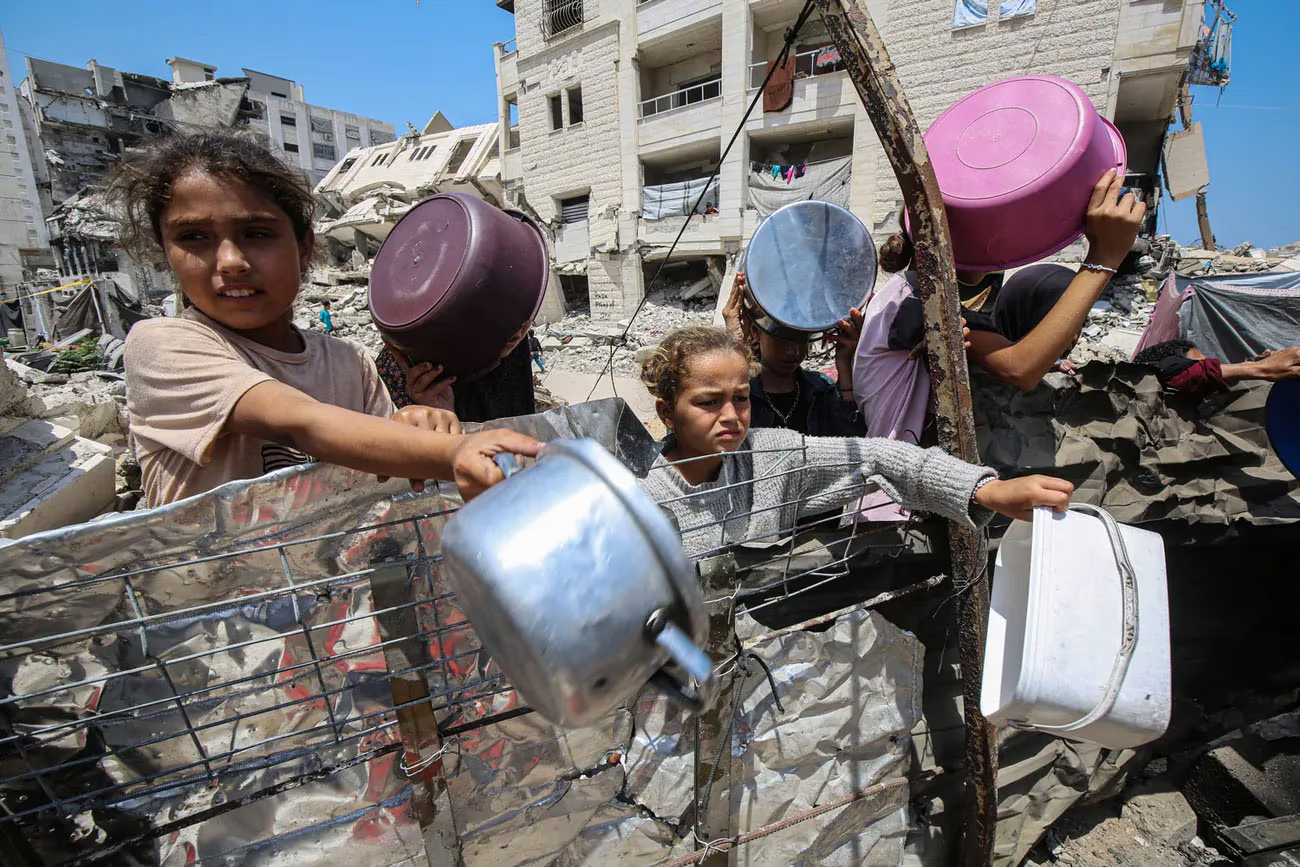After nearly two years of conflict, Gaza has once again endured a night of fear: Israeli airstrikes hit the southern and northern parts of the enclave, killing at least 20 people, including six children, according to local authorities. Doctors at overwhelmed hospitals report a daily influx of wounded—many suffering gunshot wounds near humanitarian aid points where they had been trying to get food. The strikes come amid failed ceasefire talks, renewed accusations against Hamas, and mounting diplomatic pressure following Benjamin Netanyahu’s recent visit to Washington.
Israeli airstrikes on the Gaza Strip in the early hours of July 9 killed at least 20 people, including six children. According to civil defense spokesperson Mahmoud Basal, who spoke to AFP, the first strike hit a tent sheltering displaced persons in Khan Younis in southern Gaza shortly after midnight. A second strike followed almost immediately, targeting a camp in the northern part of the strip. These attacks are part of a grinding military campaign that, according to local medics and humanitarian workers, results in "mass-casualty incidents" nearly every day—placing unbearable pressure on the already fragile health care system.
Doctors on the ground report that most casualties suffer gunshot wounds while trying to reach food distribution points. As Jason Burke of The Guardian writes, these are distribution centers run by the Gaza Humanitarian Foundation (GHF)—a little-known organization launched in May with backing from the U.S. and Israel. "It’s like Judgment Day," said Dr. Mohammed Sakr, director of patient care at Nasser Medical Complex in Khan Younis. "Sometimes we get 100 to 150 casualties in just 30 minutes, from minor injuries to fatal wounds. Around 95% of the wounded and dead are those trying to get food at these distribution centers, which people here call ‘American.’"
Might Over Right

"People Go There Not Knowing If They’ll Come Back Alive."
Israel and the U.S. Have Replaced the UN With Their Own Fund, Distributing Aid Through a Few Sites Marked by Strikes, Stampedes, and Hundreds of Deaths

Israel Intensifies Strikes on Gaza
At Least 74 People Were Killed in 24 Hours, Including in Attacks on Aid Distribution Points and an Airstrike on a Café

Israeli Strikes on a School Sheltering Displaced Families in Gaza Kill at Least 56, Three More Shot Dead in the Enclave’s Center While Waiting for UN Aid
This Happens Almost Every Day
The military campaign is accompanied by diplomatic efforts. Israel and Hamas are continuing talks over a potential ceasefire. According to mediators, a draft agreement is on the table that would include a 60-day truce and the release of ten living and nine deceased Israeli hostages. Meanwhile, Israeli Prime Minister Benjamin Netanyahu met with U.S. President Donald Trump. Following the meeting, Netanyahu stated that his government remains focused on securing the return of hostages and dismantling both the military and political infrastructure of Hamas.
Against this backdrop, the Israeli government released a report alleging that Hamas fighters committed acts of sexual violence during the October 7, 2023, attacks. The document draws on survivor accounts, eyewitness testimony, first responder reports, and forensic evidence. It states that many of the victims were likely killed, making investigations more difficult. Israeli authorities are calling for new international mechanisms to ensure accountability for sexual violence in armed conflict. Hamas has denied the allegations.
